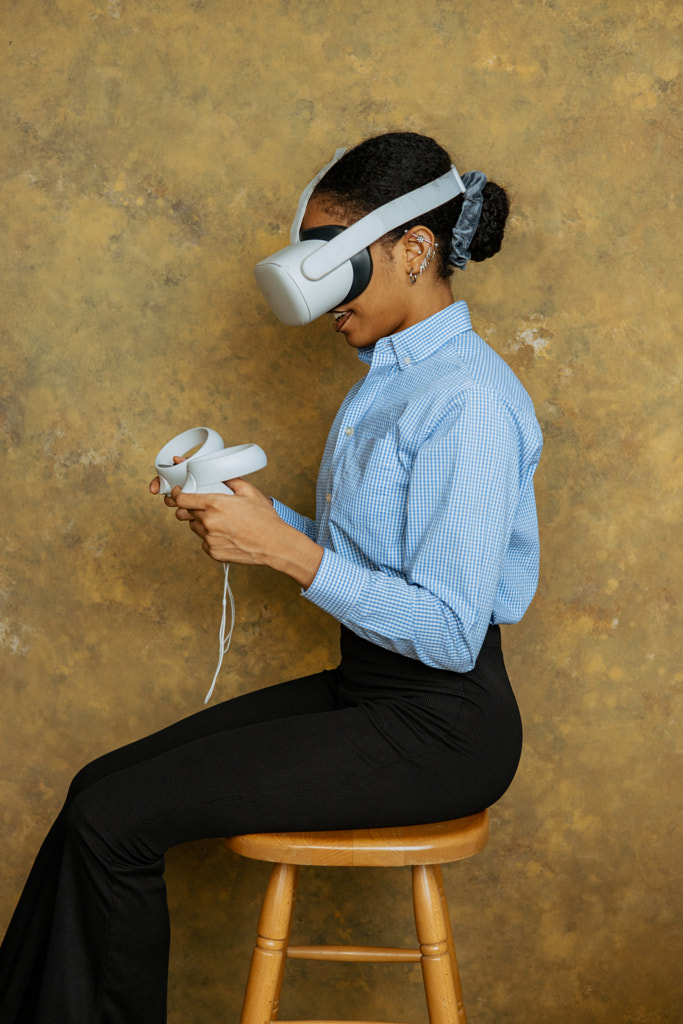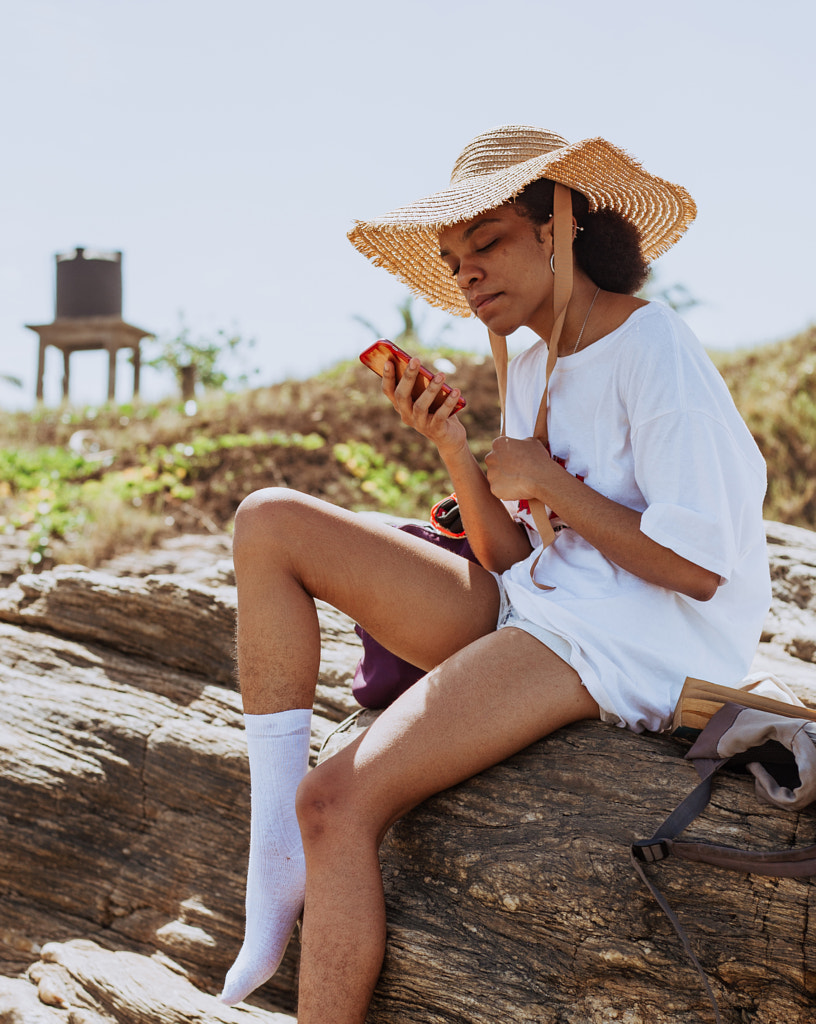In the wake of the pandemic, how we interact with brands has fundamentally changed. Consider this finding from the IBM Institute for Business Value: in the past, consumers put a premium on cost, value, and convenience. But today, more people are now choosing brands based on how well those companies align with their values. In fact, “purpose-driven” consumers now represent 44% of global consumers, accounting for the largest segment.
Plus, they have influence: 58% of these “purpose-driven” consumers introduced friends and family to a new brand. They also do their homework, with three in four saying they do extensive research before committing to a major purchase. They follow influencers they trust on social media, and they’re up-to-date on emerging trends and movements.
With these shifts in consumer priorities, we’ve also witnessed a sea of change in design, marketing, and visual media, with commercial photographers illustrating what shoppers care about in real-time—whether it’s maintaining mental health in an uncertain world or taking innovative action to reduce carbon emissions.
Heading into 2023, these are the top movements and trends to consider. While you’ll find some overlap with our trend roundup from last year, these ideas have evolved and expanded, opening up new opportunities for creative photoshoots and collaborations.
Prioritizing mental health
The recently released 2023 Instagram Trend Report, which focuses on the topics that matter most to Gen Zers, shines a light on the emergence of mental health advocates working to make social media a better and more uplifting space. What’s more, Gen Zers have turned to their communities for care and support, with more than 25% saying that being with others is an essential part of their wellness routines, as is supporting others on and offline.
“One thing we can hope to have learned from the pandemic is an awareness of the importance of mental health practices to help us deal with stress and anxiety and care for ourselves,” the 500px team shares. “Show your own mental health practices, whatever they may be. Focus on capturing authentic, relatable moments.”
And people are increasingly realizing the significance of taking these mental health “moments” for themselves: according to research from Parade Media and the Cleveland Clinic, 46% of Americans say they’ve been able to maintain or improve their mental health by taking small breaks throughout their days. These breaks are five to 10 minutes long and consist of activities that relieve stress, including exercising, spending time outdoors, and socializing with others.
Championing real (and diverse) stories
According to a global survey from Wunderman Thompson Intelligence, 82% of respondents say that inclusion and equality should be integrated throughout entire businesses to be meaningful, with 63% more likely to buy from brands that put in the effort to represent people like themselves. 81% say products should be designed to be accessible to people with disabilities, and 74% would like to see more diversity in advertising.
Photography continues to be one area where representation can make all the difference, so work with models from your community to highlight a diversity of lived experiences, identities, and stories. “Photograph real people and real moments,” the 500px team urges. Work with your models to create the kinds of visuals they wish they saw more of in advertising; by collaborating and incorporating their ideas, you’ll create a portfolio that feels more authentic and relatable.
Rethinking technology
In some ways, technology is baked into the fabric of our everyday lives. Research from the Pew Research Center reveals that while 73% of teenagers reported having access to a smartphone in 2014-15, that number has now jumped to 95%. Daily teen internet users have also increased during that time, rising from 92% to 97%.
Teens aren’t alone, either. According to a study from AARP, 75% of people over 50 agree that they rely on technology to stay connected. 2020 and the pandemic saw a major rise in smartphone and tablet usage among older adults, with these devices used for grocery shopping, online shopping, banking, and health/wellness services. 64% of 50-plus adults are interested in new tech developments.
From AI assistants to wearable devices, our understanding of technology—and what it can do—changes rapidly. When visualizing tech, be wary of trademarked or branded elements; identifiable logos and port and button designs, for example, will make photos unsuitable for commercial Licensing.
Instead, keep it generic, and focus on the story (and your models) more than the specific device; show families connecting around video games, or highlight the contactless shopping experience. You can always edit out logos in post-production or obscure them with careful framing while on set.
Reimagining the workplace
If we return to the 2023 trend report from Instagram, you’ll find that almost two in three Gen Zers have plans to use social media to make money in the new year. As experts predict that “side hustles” will continue to emerge and expand, consider ways to highlight the solopreneurs and small business owners in your community. DIY projects, eco-friendly items, and thrifted goods will continue to trend as well, so look for opportunities to showcase creators building brands around sustainability.
A separate report from Zapier, released in the summer of 2022, found that 40% of Americans currently have a side hustle, and 36% planned to start one in 2022. “Another product of the pandemic was the career change that many experienced, whether that meant going back to school, transforming a hobby into a profession, or moving from a corporate environment to start a small business,” the team at 500px says.
“Business photography has evolved well past board rooms with men in suits shaking hands. Working from home, learning a new trade, and collaborating with a team online are some ideas to start—think about how you and your family and friends are growing their careers, and showcase that.”
Creating a sustainable future
According to research from the IBM Institute for Business Value, 62% of consumers are willing to change their purchasing habits to cut down on their environmental footprint—an increase from the 57% observed two years ago. What’s more, 50% are willing to pay a premium for sustainable brands. But there’s still more work to be done, with only 31% saying that their last purchase was made up of mostly or all sustainable products.
Brands can help consumers by educating them on their impact, offering transparency about their sourcing and supply chains (and disclosing their emissions), and providing solutions and incentives to inspire more sustainable choices in the age of climate change. As companies make these changes from within their own organizations, photographers can also take action by championing the ways—large and small—that consumers can make a difference, both in their daily lives and in their shopping habits.
“It’s easy to showcase the small things people are doing themselves to help, including composting, small-scale farming and gardening, recycling, and more,” the 500px team explains. “Get out there and meet some folks and organizations doing good for the planet.” Consider small businesses that follow a circular model, or look into renewable energy or rewilding projects in your area. By focusing on the people at the heart of the movement, you’ll discover untold, local stories that will resonate with buyers everywhere.
Not on 500px yet? Click here to learn about Licensing with 500px.






















Leave a reply